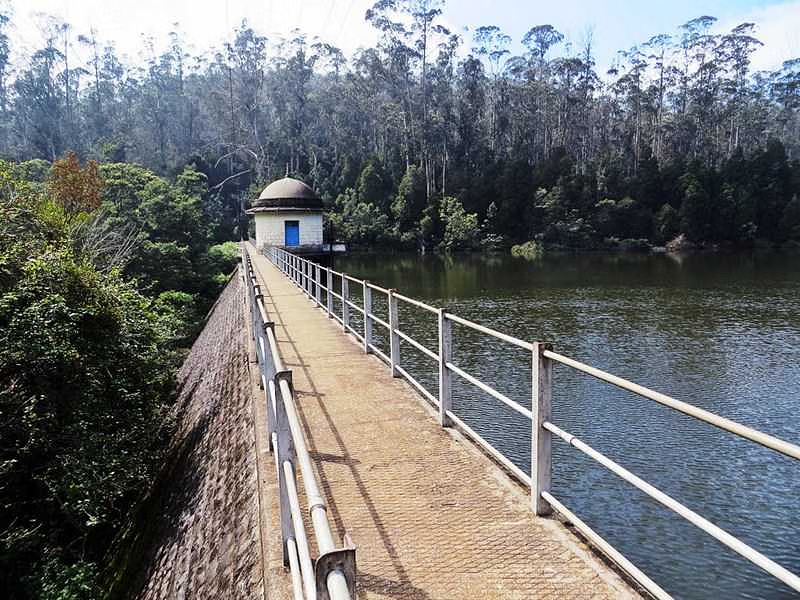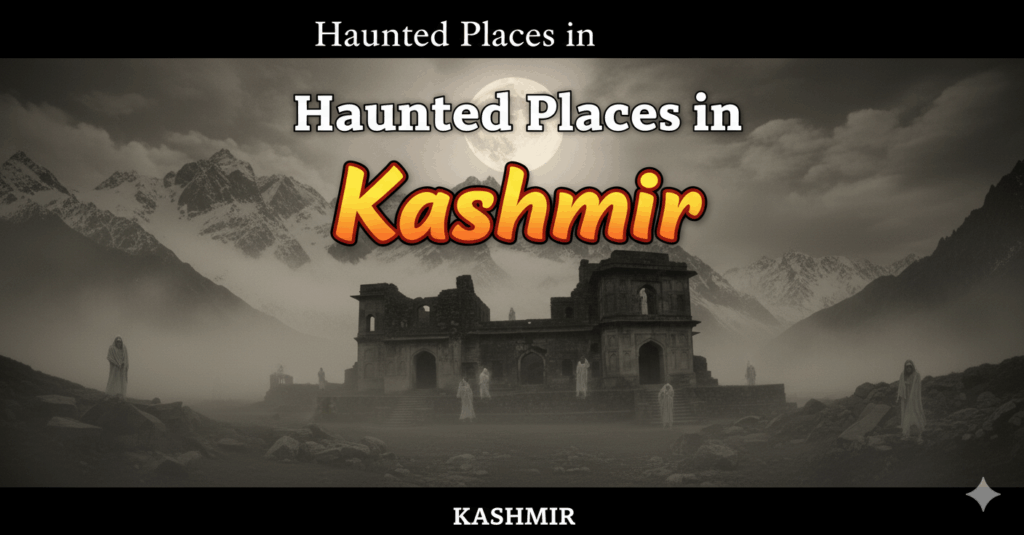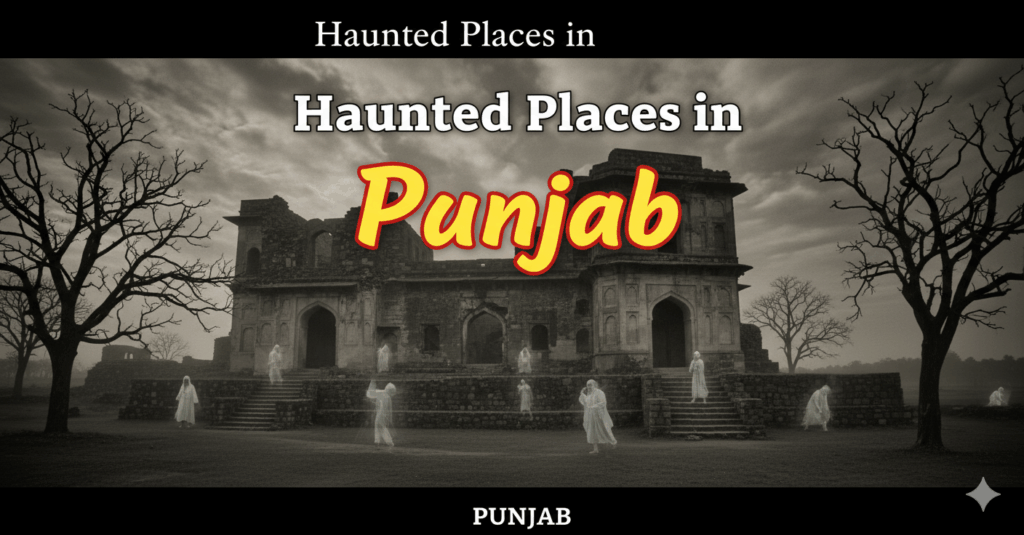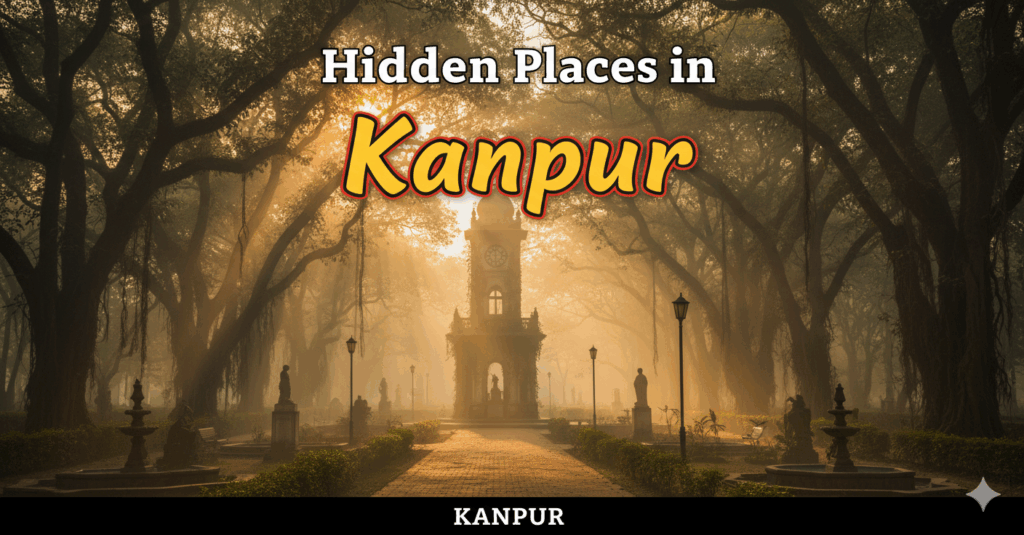Hidden beyond the Annapurna Massif and stretching into the vast Tibetan Plateau, Mustang Valley Nepal stands as one of the world’s most mystical and culturally preserved destinations. Once known as the “forbidden kingdom,” this extraordinary region remained closed to foreign visitors until 1992, protecting its authentic Tibetan culture and traditions from outside influences. The best time to visit Mustang Nepal varies significantly across seasons, with each period offering unique experiences from comfortable spring weather to challenging winter conditions. Understanding seasonal patterns is essential for planning your journey to this remote Himalayan destination, whether you’re interested in the Upper Mustang Nepal or Lower Mustang Nepal regions. With its unique location in the rain shadow of the Annapurna Massif, Mustang experiences different weather patterns compared to the rest of Nepal, making timing crucial for an optimal experience.
Table of Contents
Understanding Mustang Nepal Seasons
Mustang Nepal experiences distinct seasonal patterns influenced by its high-altitude location and position in the Annapurna rain shadow. Understanding these seasonal characteristics helps you choose the perfect time based on weather tolerance, trekking preferences, and cultural experiences. The region’s unique geography creates different conditions compared to mainstream Nepal destinations, requiring specific planning considerations.
| Season | Duration | Weather | Highlights | Challenges |
|---|---|---|---|---|
| Spring | Mar – May | 15°C to 21°C, Pleasant | Perfect temperatures, clear views | Higher costs, crowded |
| Summer | May – Jul | 28°C to 31°C, Hot | Accessible trails, long days | Very hot, uncomfortable trekking |
| Monsoon | Jul – Sep | 20°C to 25°C, Comfortable | No rainfall, ideal conditions | Limited to Upper Mustang only |
| Autumn | Sep – Nov | 22°C to 26°C, Excellent | Perfect weather, clear skies | Strong winds from north |
| Winter | Dec – Feb | 0°C to 22°C, Variable | Lower Mustang accessible | Upper Mustang extremely cold |
Peak Season: March to May (Spring)
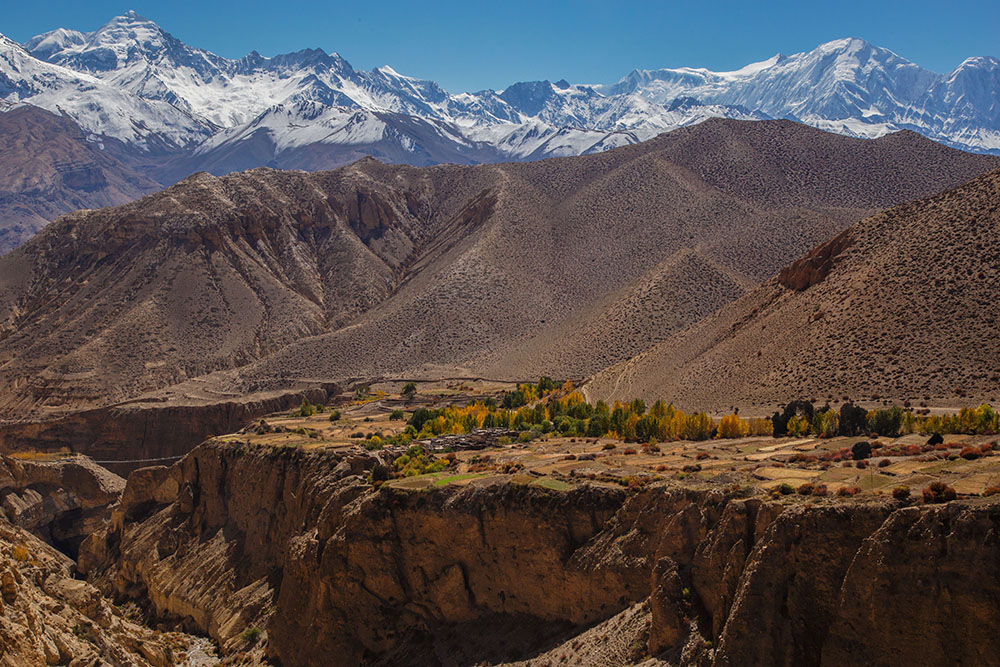
The best time to visit Mustang Nepal for most travelers falls during the spring months from March to May when temperatures are pleasant throughout both Upper Mustang Nepal and Lower Mustang Nepal regions. This period offers comfortable daytime temperatures ranging between 15°C to 21°C (60-70°F) with much cooler nights, creating ideal conditions for trekking and cultural exploration. During spring, the weather remains stable with clear mountain views and excellent visibility for photography. The combination of moderate temperatures, accessible trails, and vibrant landscapes makes this the most popular time for experiencing Mustang’s unique blend of Tibetan culture and Himalayan beauty.
March to April: Early Spring Awakening
March marks the beginning of the optimal visiting season when winter’s harsh conditions begin to ease and accessibility improves throughout the region.
Early spring conditions:
- Daytime temperatures: 15°C to 18°C
- Night temperatures: 5°C to 10°C
- Clear skies with excellent mountain visibility
- Comfortable conditions for trek Mustang Nepal expeditions
- Perfect weather for exploring ancient monasteries and cultural sites
April to May: Perfect Spring Weather
Late spring provides the most comfortable weather conditions with pleasant temperatures and full accessibility to both Upper and Lower Mustang regions for comprehensive exploration.
Peak spring advantages:
- Optimal temperatures for day-long trekking and exploration
- Crystal-clear mountain views and excellent photography conditions
- Full accessibility to all cultural sites and monasteries
- Comfortable camping conditions with mild nights
- Ideal conditions for horseback trekking alternatives
Summer Season: May to July
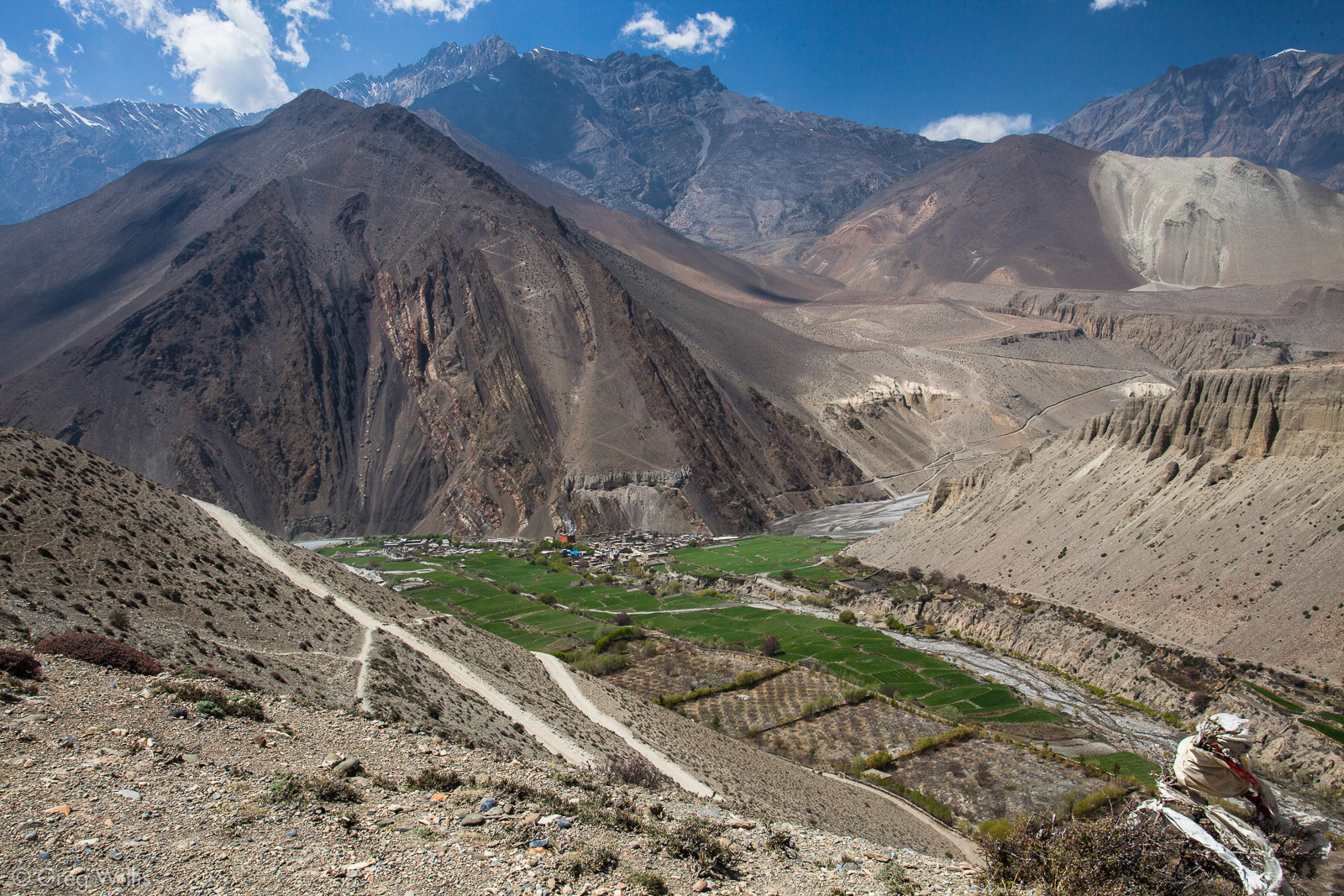
Summer in Mustang Valley Nepal can be very hot, particularly in lower elevations, with temperatures ranging between 28°C to 31°C (82-88°F) during the day. While trekking remains possible in Upper Mustang Nepal, the heat may make outdoor activities uncomfortable, especially during midday hours. Lower areas maintain warm temperatures throughout the night, requiring lighter sleeping equipment but making camping less comfortable. Despite the challenging temperatures, summer offers the advantage of long daylight hours and complete trail accessibility for those who can tolerate the heat.
Heat Management Strategies
Summer travel in Mustang requires specific planning and preparation to manage high temperatures effectively while maintaining safety and comfort.
Summer considerations:
- Very hot daytime conditions requiring early morning and late afternoon activities
- Warm nights in lower elevations affecting sleep quality
- Increased water requirements and heat protection measures
- Mustang Nepal temperature variations between upper and lower regions
- Need for adequate sun protection and lightweight, breathable clothing
Monsoon Advantage: July to September
Unlike the rest of Nepal, Mustang Valley Nepal enjoys a unique advantage during monsoon season due to its location in the rain shadow of the Annapurna Massif. Upper Mustang Nepal receives minimal rainfall and experiences comfortable temperatures, making monsoon an excellent time for trekking when other Nepal destinations become inaccessible. However, Lower Mustang Nepal does receive some precipitation, requiring rain gear and flexible planning. The monsoon period offers cooler temperatures compared to summer’s peak heat, creating more comfortable conditions for extended outdoor activities.
Upper Mustang Monsoon Benefits
The rain shadow effect creates ideal conditions in Upper Mustang during monsoon season when most of Nepal experiences heavy rainfall.
Monsoon advantages:
- Upper Mustang Nepal remains dry with minimal rainfall
- Comfortable temperatures ranging 20°C to 25°C
- Less crowded trails compared to peak seasons
- Lower accommodation and guide costs
- Excellent conditions for photography with dramatic skies
- Unique opportunity to trek Mustang Nepal when other regions are closed
Lower Mustang Monsoon Considerations
Lower Mustang Nepal experiences different conditions during monsoon season, requiring additional preparation and flexible planning.
Lower region challenges:
- Light to moderate rainfall requiring waterproof gear
- Potential trail delays due to weather conditions
- Muddy trails and slippery conditions possible
- Limited visibility during cloudy periods
- Need for weather monitoring and flexible itineraries
Autumn Excellence: September to November
Autumn represents one of the best periods for visiting Mustang Valley Nepal with relatively high temperatures around 22°C to 26°C (72-79°F) and crystal-clear mountain views. The weather remains stable with excellent visibility for mountain photography and cultural site exploration. However, autumn brings strong winds from the north that can buffet trails and camping areas, making proper gear essential for comfort and safety. This season offers an excellent balance of comfortable temperatures, clear skies, and manageable crowd levels.
September to October: Perfect Autumn Weather
Early autumn provides some of the most stable and comfortable weather conditions of the entire year for comprehensive Mustang exploration.
Autumn highlights:
- Excellent temperatures for all-day trekking and exploration
- Crystal-clear mountain views with exceptional photography opportunities
- Stable weather patterns with minimal precipitation
- Comfortable camping conditions with cool but manageable nights
- Ideal conditions for cultural festivals and local interactions
November: Late Autumn Considerations
Late autumn offers good weather but requires preparation for increasing wind conditions and cooler temperatures.
November factors:
- Strong northern winds requiring windproof gear and clothing
- Gradually cooling temperatures as winter approaches
- Excellent visibility continues with clear, dry conditions
- Fewer tourists creating more intimate cultural experiences
- Last opportunity before winter restrictions in upper regions
Winter Variations: December to February
Winter in Mustang Valley Nepal presents dramatically different conditions between upper and lower regions. Upper Mustang Nepal experiences very cold temperatures ranging from 0°C to 5°C (32-41°F) during the day with much lower nighttime temperatures. Local populations typically migrate south for warmer weather, causing many tea houses to close and trails to become deserted. However, Lower Mustang Nepal maintains more moderate temperatures between 17°C to 22°C (63-72°F), making it accessible for winter exploration while surrounding mountains showcase beautiful snow-capped scenery.
Upper Mustang Winter Challenges
Winter conditions in the upper regions create significant challenges that effectively close the area to most tourism activities.
Upper region winter realities:
- Extremely cold temperatures with frequent sub-zero conditions
- Local population migration leaving facilities closed
- Deserted trails with minimal support infrastructure
- Risk of severe weather and emergency evacuation difficulties
- Beautiful but dangerous conditions requiring extreme preparation
Lower Mustang Winter Opportunities
Lower Mustang Nepal offers viable winter travel opportunities with more moderate conditions and maintained services.
Lower region winter benefits:
- Moderate temperatures suitable for day activities
- Available accommodation and basic services
- Spectacular snow-capped mountain views for photography
- Fewer crowds creating peaceful exploration opportunities
- Cultural experiences with local communities remaining in the area
How to Reach Mustang Nepal
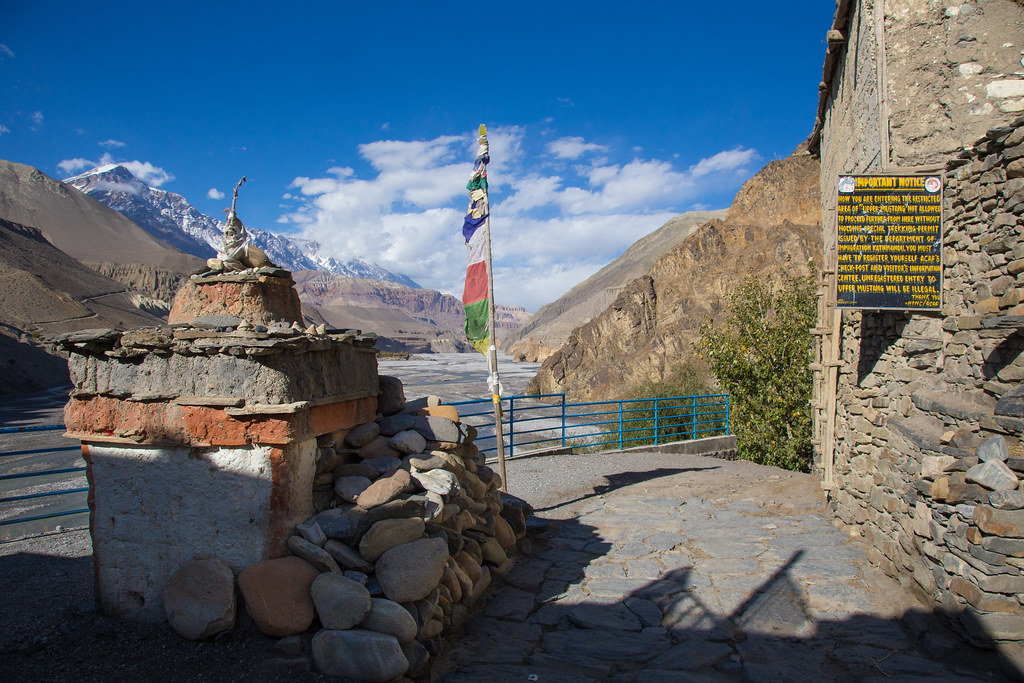
Planning how to reach Mustang Nepal involves understanding the multi-stage journey typically starting from Kathmandu or Pokhara and requiring specific permits and documentation. The region’s restricted status requires special permits costing $50 USD per day with an annual quota of 1,000 people, ensuring low visitor numbers and preserved cultural authenticity. Access routes vary depending on your chosen destination within the Mustang region, weather conditions, and seasonal accessibility factors.
Access Routes and Transportation
Multiple route options provide access to different areas of Mustang Valley Nepal depending on your specific interests and trekking objectives.
Primary access routes:
- Kathmandu to Pokhara to Jomsom (flight or road)
- Pokhara to Jomsom via scenic mountain flight
- Road access via Beni and Tatopani to Jomsom
- Trekking access through Annapurna Circuit connections
- Guided tour packages from Kathmandu and Pokhara
Permit Requirements and Restrictions
Visiting Upper Mustang Nepal requires specific permits and adherence to government regulations designed to preserve the region’s cultural integrity.
Permit essentials:
- Special restricted area permit required for Upper Mustang
- Daily fee of $50 USD per person for Upper Mustang access
- Annual visitor quota of 1,000 people maintaining exclusivity
- Mandatory guide requirement for Upper Mustang trekking
- Valid passport and Nepal visa required for entry
- Group size restrictions and booking requirements
Trek Mustang Nepal: Routes and Experiences
Trek Mustang Nepal offers diverse experiences ranging from comfortable tea house treks to challenging high-altitude adventures. The region provides options for various fitness levels and interests, from cultural exploration focused on ancient monasteries and traditional villages to adventurous routes through remote valleys and high passes. Understanding different trekking options helps you choose routes that match your experience level, time availability, and specific interests in Tibetan culture and Himalayan landscapes.
Upper Mustang Trekking
Upper Mustang Nepal trekking provides access to the most preserved Tibetan culture and dramatic high-altitude landscapes in the region.
Upper Mustang trek highlights:
- Lo Manthang – ancient capital with royal palace and monasteries
- Traditional Tibetan villages with authentic cultural experiences
- Ancient man-made caves and archaeological sites
- Gompas (monasteries) with centuries-old Buddhist art and artifacts
- High-altitude desert landscapes unique in Nepal
- Horseback trekking options for those with distance concerns
- Comfortable guesthouses providing authentic accommodation
Lower Mustang Trekking
Lower Mustang Nepal offers more accessible trekking with diverse landscapes and cultural experiences suitable for various fitness levels.
Lower Mustang trek features:
- Mukinath Temple – sacred site for both Hindu and Buddhist pilgrims
- Diverse terrain from lush valleys to high-altitude desert
- Traditional villages showcasing local architecture and lifestyle
- Mountain biking opportunities on world-class trails
- More moderate altitude with easier acclimatization
- Better infrastructure with more accommodation options
- Shorter trek options suitable for limited time schedules
Cultural Immersion Opportunities
Both regions offer exceptional cultural experiences that provide insight into traditional Tibetan lifestyle and Buddhist practices.
Cultural experiences:
- Traditional food including authentic Tibetan cuisine
- Local festivals and religious ceremonies
- Interaction with locals speaking traditional Tibetan languages
- Traditional handicraft workshops and local artisan visits
- Buddhist monastery visits with meditation opportunities
- Local guide insights into regional history and traditions
Mustang Nepal Temperature and Weather Patterns
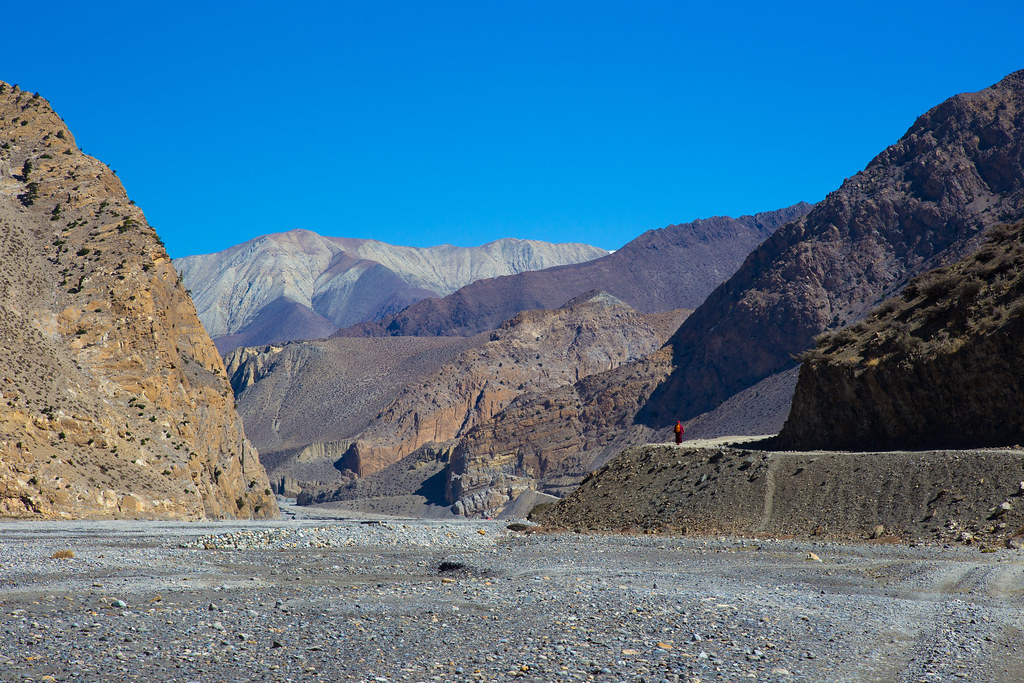
Understanding Mustang Nepal temperature variations throughout the year helps you prepare appropriate clothing and equipment for safe and comfortable travel. The region’s high altitude and unique geographical position create distinct weather patterns that differ significantly from other Nepal destinations. Temperature variations between day and night can be extreme, particularly in higher elevations, requiring layered clothing systems and weather-appropriate gear for all seasons.
Seasonal Temperature Patterns
Temperature ranges vary dramatically throughout the year and between different elevations within the Mustang region.
Detailed temperature guide:
- Spring (March-May): Days 15-21°C, Nights 5-10°C
- Summer (May-July): Days 28-31°C, Nights 15-20°C in lower areas
- Monsoon (July-September): Days 20-25°C, Nights 10-15°C
- Autumn (September-November): Days 22-26°C, Nights 5-15°C
- Winter Upper: Days 0-5°C, Nights -10°C to -5°C
- Winter Lower: Days 17-22°C, Nights 5-10°C
Weather Preparation Essentials
High-altitude weather demands specific preparation and equipment for safety and comfort during your Mustang adventure.
Essential weather gear:
- Layered clothing system for temperature variations
- Windproof outer layers for strong mountain winds
- Warm sleeping equipment for cold high-altitude nights
- Sun protection for intense high-altitude UV exposure
- Weather monitoring equipment and emergency communication devices
- Flexible itinerary accounting for sudden weather changes
Explore More Himalayan Adventures
While planning your Mustang adventure, consider exploring other magnificent destinations across India and the Himalayas. Our comprehensive India tour packages from Mumbai provide excellent options for discovering incredible mountain destinations nationwide. For those seeking ultimate high-altitude experiences, our Leh Ladakh tour packages from Mumbai offer spectacular Himalayan adventures in India’s northern regions.
The enchanting Meghalaya tour packages from Mumbai showcase the Northeast’s famous living root bridges and pristine waterfalls. Additionally, our Sikkim tour packages from Mumbai and Darjeeling tour packages from Mumbai offer incredible mountain vistas and cultural experiences that complement your Himalayan journey perfectly.
Safety and Cultural Considerations
Visiting Mustang Valley Nepal requires specific safety measures due to its high altitude, remote location, and unique cultural environment. The region’s preserved Tibetan culture demands respectful behavior and cultural sensitivity from visitors. Understanding local customs, religious practices, and traditional lifestyle enhances your experience while supporting the community’s efforts to maintain their cultural heritage. Safety preparations must account for altitude effects, weather challenges, and limited emergency services access.
High-Altitude Safety Measures
Mustang’s elevation requires specific health precautions and gradual acclimatization for safe exploration of both upper and lower regions.
Altitude safety essentials:
- Gradual ascent with proper acclimatization stops
- Recognition of altitude sickness symptoms and response protocols
- Adequate hydration and nutrition for high-altitude conditions
- Emergency descent plans for severe altitude-related symptoms
- Comprehensive first aid supplies and emergency medications
- Reliable communication devices for emergency situations
Cultural Sensitivity and Respect
The region’s authentic Tibetan culture requires respectful behavior and understanding of local customs and religious practices.
Cultural respect guidelines:
- Respect for Buddhist monasteries and religious sites
- Appropriate dress code for temple and cultural site visits
- Photography permissions and cultural sensitivity
- Support for local economy through responsible spending
- Environmental consciousness and Leave No Trace principles
- Understanding of traditional lifestyle and local customs
Infrastructure and Services
Mustang Valley Nepal offers varying levels of infrastructure and services depending on the specific region and season of your visit.
Service availability:
- Guesthouses and tea houses with basic but comfortable accommodations
- Local guides with extensive regional knowledge and cultural insights
- Basic medical facilities and emergency evacuation procedures
- Limited communication services requiring satellite backup options
- Seasonal service variations affecting availability and pricing
- Local transportation options including horseback alternatives
Conclusion
Choosing the best time to visit Mustang Nepal depends on your weather tolerance, cultural interests, and specific regional preferences. For optimal conditions and comprehensive exploration, plan your visit during spring (March-May) or autumn (September-November) when temperatures are comfortable and weather remains stable. The unique monsoon advantage makes July-September excellent for Upper Mustang Nepal while Lower Mustang Nepal offers year-round accessibility with seasonal variations.
Understanding how to reach Mustang Nepal through proper permits, guide arrangements, and route planning ensures successful access to this restricted region. The diversity of options to trek Mustang Nepal provides experiences suitable for various fitness levels and cultural interests. Monitoring Mustang Nepal temperature patterns and seasonal weather helps ensure appropriate preparation for this high-altitude destination. Whether exploring the ancient capital of Lo Manthang or experiencing authentic Tibetan culture in traditional villages, timing your visit correctly maximizes your experience in this extraordinary Himalayan kingdom. You can visit us at VDP Travels, Neighbourhood Complex, F- 5, near SBI Bank, Sector 4, Nerul, Navi Mumbai, Mumbai, Maharashtra 400706. For comprehensive Mustang Nepal trekking packages with expert guides, cultural immersion experiences, and seamless Himalayan travel arrangements, call +91 99675 18405, or visit VDP Travels.
Best Time to Visit Mustang Nepal: FAQs
What is the best time to visit Mustang Nepal for first-time trekkers?
March to May (spring) is ideal for first-time visitors, offering comfortable temperatures of 15-21°C during the day, stable weather conditions, and full accessibility to both Upper and Lower Mustang regions with excellent mountain views.
How to reach Mustang Nepal from major cities?
To reach Mustang Nepal, fly to Kathmandu, then to Pokhara, followed by a mountain flight to Jomsom or road journey via Beni. Upper Mustang requires special permits costing $50 USD per day with mandatory guide arrangements.
What permits are required to trek Mustang Nepal?
Trek Mustang Nepal requires special restricted area permits for Upper Mustang ($50 USD daily), valid passport, Nepal visa, and mandatory guide services. Lower Mustang follows standard trekking permit requirements with easier access.
What is the temperature difference between Upper Mustang Nepal and Lower Mustang Nepal?
Upper Mustang Nepal experiences colder temperatures (0-5°C in winter, 15-21°C in summer) while Lower Mustang Nepal stays warmer (17-22°C in winter, 28-31°C in summer) due to altitude differences.
Why is monsoon season good for visiting Mustang Valley Nepal?
Mustang Valley Nepal lies in the Annapurna rain shadow, receiving minimal monsoon rainfall while maintaining comfortable temperatures (20-25°C), making it ideal for trekking when other Nepal regions are inaccessible.
What makes Upper Mustang Nepal special compared to other trekking regions?
Upper Mustang Nepal offers the world’s best-preserved Tibetan culture, ancient capital Lo Manthang, traditional monasteries, restricted access limiting visitors to 1,000 annually, and authentic cultural experiences unavailable elsewhere.
Can I visit Lower Mustang Nepal during winter months?
Yes, Lower Mustang Nepal remains accessible during winter with moderate temperatures (17-22°C) and available services, while Upper Mustang becomes extremely cold and facilities close as locals migrate south.
What cultural experiences are available when trekking Mustang Nepal?
Trekking Mustang Nepal offers authentic Tibetan culture, traditional monasteries (Gompas), local festivals, traditional food, handicraft workshops, interactions with Tibetan-speaking locals, and visits to ancient archaeological sites.
Is horseback trekking available in Mustang Nepal?
Yes, horseback trekking is available throughout Mustang Nepal, particularly popular in Upper Mustang for those concerned about trekking distances, offering comfortable alternatives while experiencing the same cultural and scenic highlights.
What should I expect regarding accommodation while trekking Mustang Valley Nepal?
Mustang Valley Nepal offers comfortable guesthouses and tea houses with basic amenities, traditional architecture, local food, and authentic cultural experiences. Upper Mustang has fewer but unique options while Lower Mustang provides more variety.

